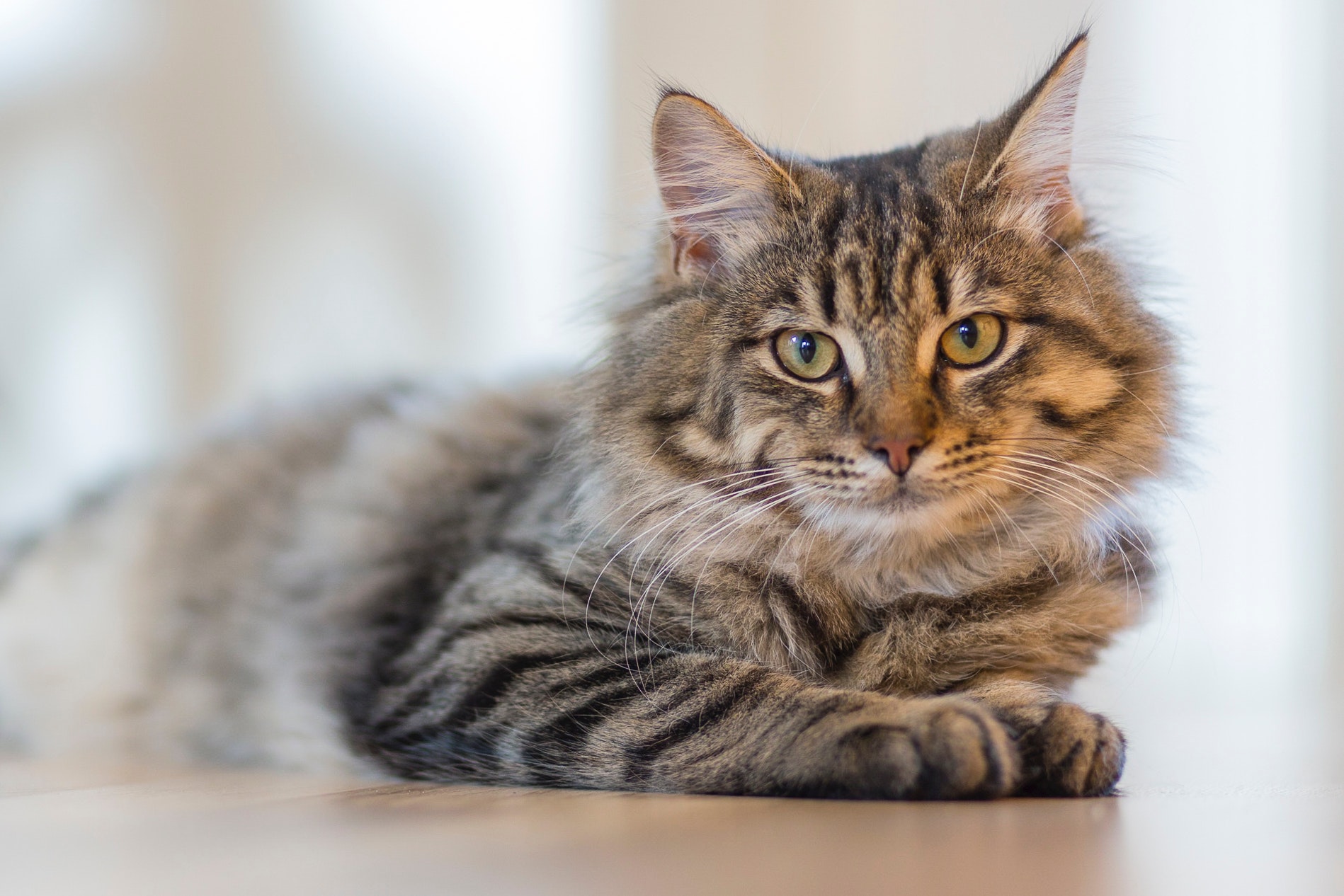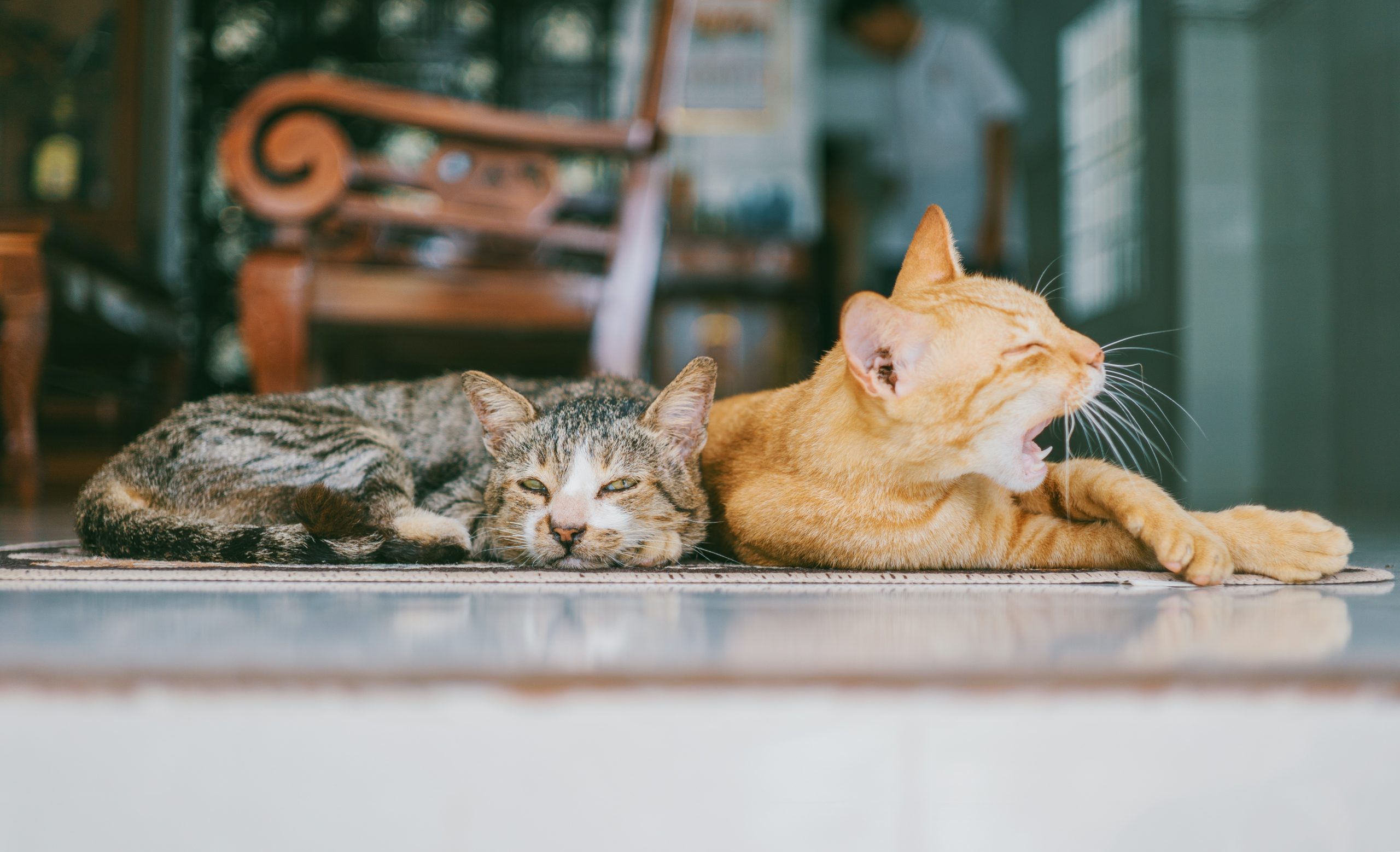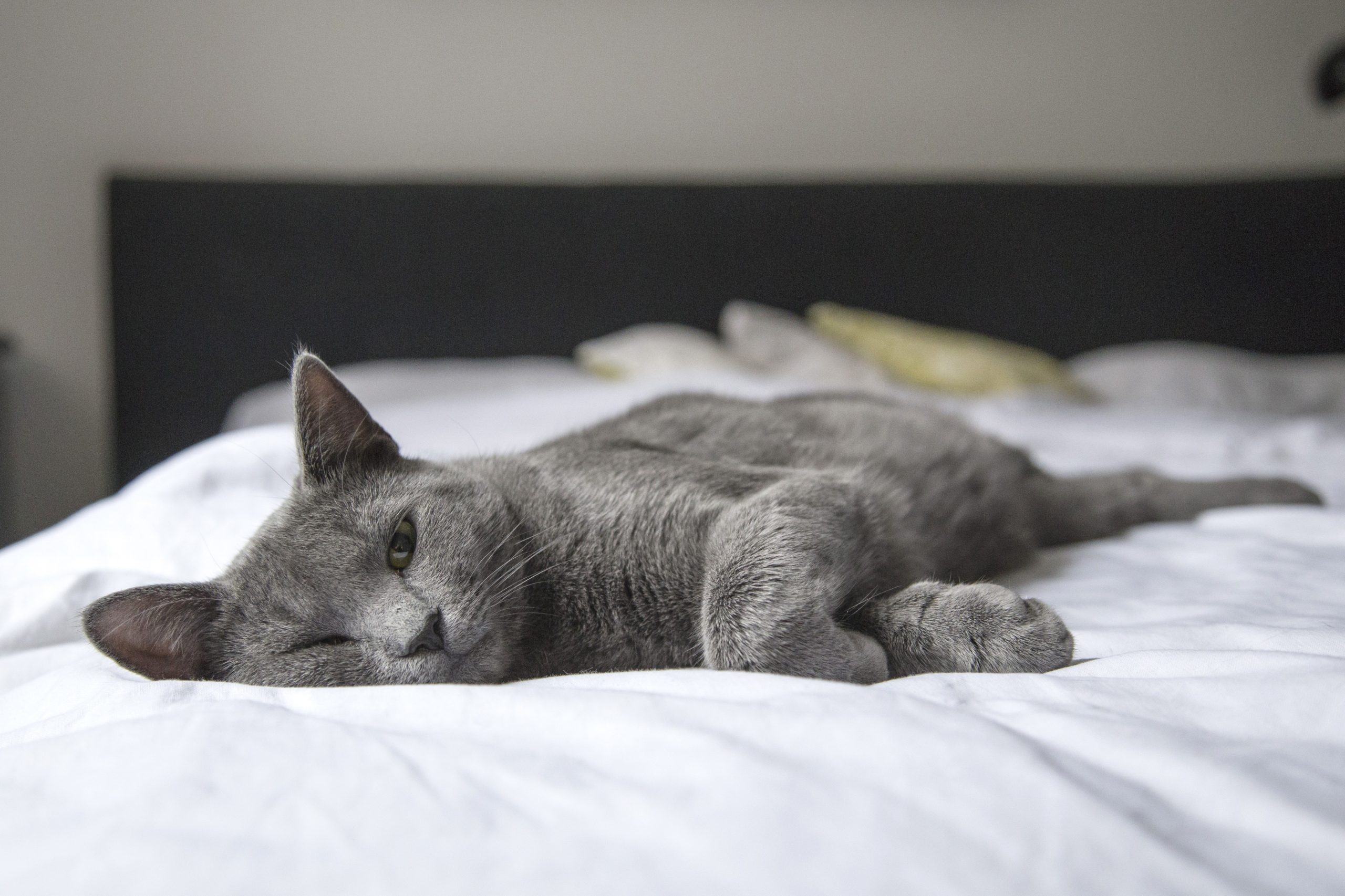Many cats enjoy interacting with their owners and playing is a great way to cultivate a bond between cat and owner. Cats whose situation provides them with both indoor and outdoor access will often provide themselves with plenty of interest from tree climbing to stalking, chasing and investigating their surrounds. Cats who are solely indoors will require plenty of stimulation, play and interaction to help alleviate boredom and allow them to express their natural instincts.
Kitty Playtime
Feline play explores all parts of the predatory sequence: search, stalk, chase, pounce, catch and manipulate. Whilst play in adult cats may alter somewhat from when they were kittens, it is a common misconception that cats only play as kittens. Adult cats benefit from regular play and playful interaction with owners.
Cats will vary in their motivation to play. Understanding the likes and dislikes of your cat will enable you to provide the best possible opportunities for play and their receptivity to play will also depend on routines and natural activity rhythms. Establishing what stimulates your cat can require some trial and error, as each cat may develop specific likes and dislikes regarding toys based on the following:
- Texture
- Shape
- Size
- Scent
- Noise/sounds
- Movement e.g., random, quick stop/start motion
- Owner interaction required
Cats are naturally neophiliac (excited by novelty) so toys left out will soon lose their appeal, therefore toys should be rotated randomly and stored away while not in use. Cats enjoy play that mimics natural predatory behaviour with short bursts of activity, so games that stimulate the drive to chase, pounce and catch are popular. The best time to play with a cat is when it appears that they are naturally interested.
Some clues in your cat’s behaviour that indicate a good time to initiate play are:
- When your cat spontaneously begins to play or bat at objects
- Sudden staccato movements and increased activity
- Dilated pupils, alert expression
- Vocalisation
A large number of cat toys contain catnip. So, what is catnip anyway? Catnip is one of the approximate 250 species in the mint family and has a leafy green appearance. Nepetalactone, the essential oil in catnip, can turn even the laziest couch potato into an over-excited kitty, that is of course if said kitty happens to have inherited the sensitivity to its effects.
Playing it safe with Kitty
Whilst cats don’t demonstrate the same level of destruction with their toys that dogs do, it is still wise to implement safety measures when providing kitty with toys.
- Introduce new toys under supervision to ensure that they are suitable for your individual cat
- Don’t leave teaser toys with a cat unsupervised – strings can present a digestive hazard and require supervision to avoid entanglement
- Inspect toys regularly and discontinue use if worn, loose or torn
Regular play and grooming can forge a strong bond between cat and owner whilst providing much needed environmental enrichment for a content and happy kitty.



